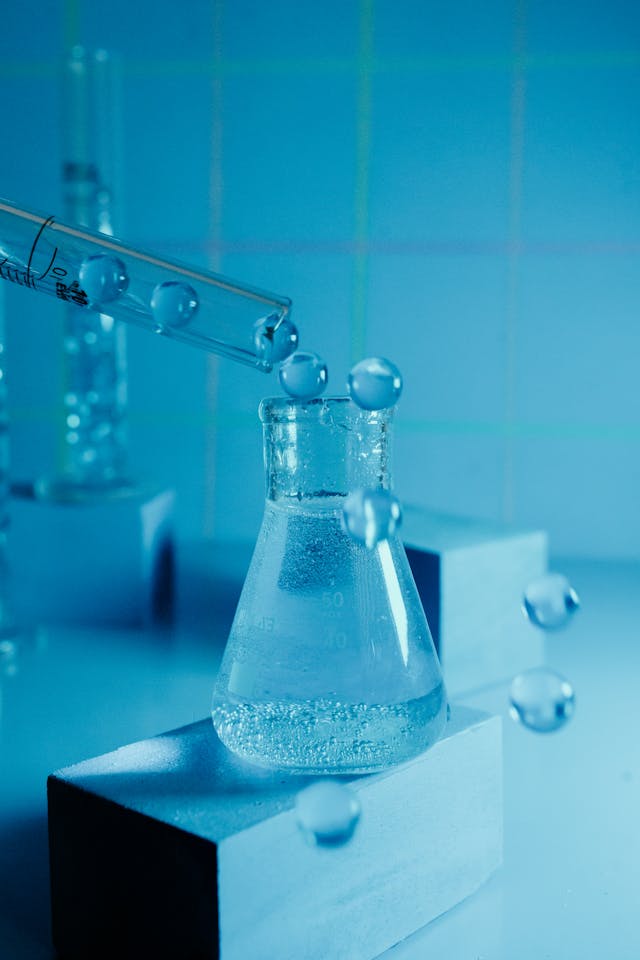Relocating a laboratory is more than just moving boxes. It’s a precise, high-risk, and highly regulated process that requires specialized knowledge and experience. Especially in Boston’s research centers, universities, and biotech companies, where laboratory equipment can be worth tens of thousands of dollars, any mishandling can lead to lost samples, regulatory violations, and halted research.
If you’re planning a move, the team at Laboratory movers Boston can help coordinate a safe and compliant relocation—quickly, carefully, and professionally.
Why Laboratory Moving Is a Unique Challenge
Standard moving companies are not equipped to handle lab equipment that may cost $100,000 or more. For instance, an HPLC system (high-performance liquid chromatography) can range from $25,000 to $60,000—excluding calibrations, certifications, and data records.
Labs in Boston and Cambridge work with biological, chemical, clinical, and analytical materials. Many instruments require:
- temperature control,
- vibration isolation,
- upright transportation,
- detailed documentation.
Mistakes are costly—not just in money, but in time and scientific progress.
Laboratory Relocation Steps: Planning to Installation
- Planning & Equipment Audit
Evaluate all equipment by weight, sensitivity, and handling needs. Assign an internal move coordinator. - Preparation & Labeling
Label and photograph every item, disconnect utilities, and document settings. Disassemble components if needed. - Packing
Use vibration-proof cases, foam protection, cable ties, and temperature-controlled containers. Every piece should be tagged and sealed. - Transport
Use vehicles with climate control and fixed mounts to avoid vibration or tilting. - Unloading & Setup
Move in equipment using lifts or rigging systems, position as planned, reconnect and run operational checks.
According to LabManager, planning a lab move can take 3–6 weeks. Transport and installation often take another 1–3 business days.
How Heavy Equipment Is Relocated (Heavy Equipment Movers)
Many labs work with gear over 150 kg: centrifuges, autoclaves, bioreactors, -80°C freezers. These require:
- hydraulic lifts,
- reinforced platforms,
- specialized ramps and rigging.
Pre-move assessments include:
- equipment weight and dimensions,
- building floor strength,
- access to freight elevators,
- site clearances.
The average total load for a biomedical lab can exceed 2–4 tons.
How Much Does Laboratory Moving Cost in Boston? (Moving Services Cost)
The total price depends on:
- amount and sensitivity of equipment,
- number of floors and distance between sites,
- whether packing and crating are needed,
- urgency or weekend/overnight moves.
Typical estimates:
- Small lab (10–20 devices): $1,500–3,000
- Mid-size analytical/chemistry lab: $4,000–7,000
- Large biotech facility with heavy equipment: $10,000–20,000+
Lab moves cost more than regular office relocations—but far less than the damage that could result from improper handling.
Why You Should Use Specialized Laboratory Movers
Lab relocations involve legal, financial, and operational risks. Professional laboratory moving companies:
- follow ISO, OSHA, and GxP standards,
- provide insurance for every stage,
- offer full documentation, logistics planning, and photo reports.
Laboratory movers Boston has supported moves for universities, clinical labs, and private R&D centers across Greater Boston since 2016.
What Else to Know About Lab Moves
Lab moves also require coordination between internal departments: logistics, EHS, IT, and facility management. Secure dates with the property owner in advance, get move permits if you’re in a campus facility, and confirm elevator and loading dock access.
Also test environmental conditions—like temperature, humidity, and airflow—at the new site if you’re moving sensitive gear. This is especially critical for microbiology, pharma, and analytical chemistry labs.
Checklist: How to Prepare for a Lab Relocation
✅ Assign a move coordinator inside your team
✅ Audit what’s being moved vs. disposed
✅ Create a layout plan for the new space
✅ Order all packing and crating supplies in advance
✅ Tag priority equipment
✅ Back up documentation, instructions, and calibration data
✅ Notify your team of dates, zones, and responsibilities




